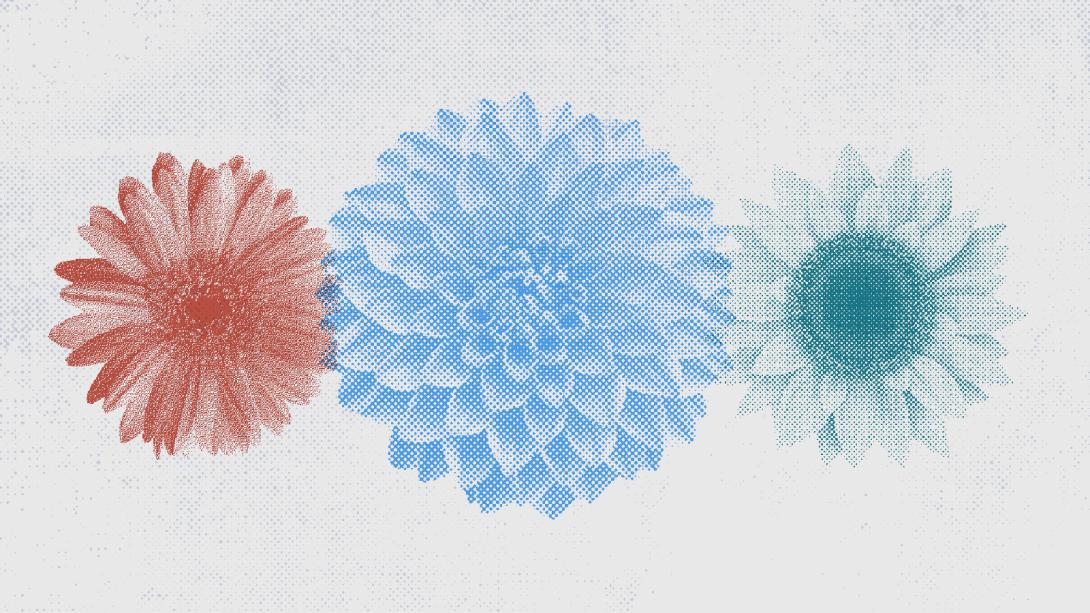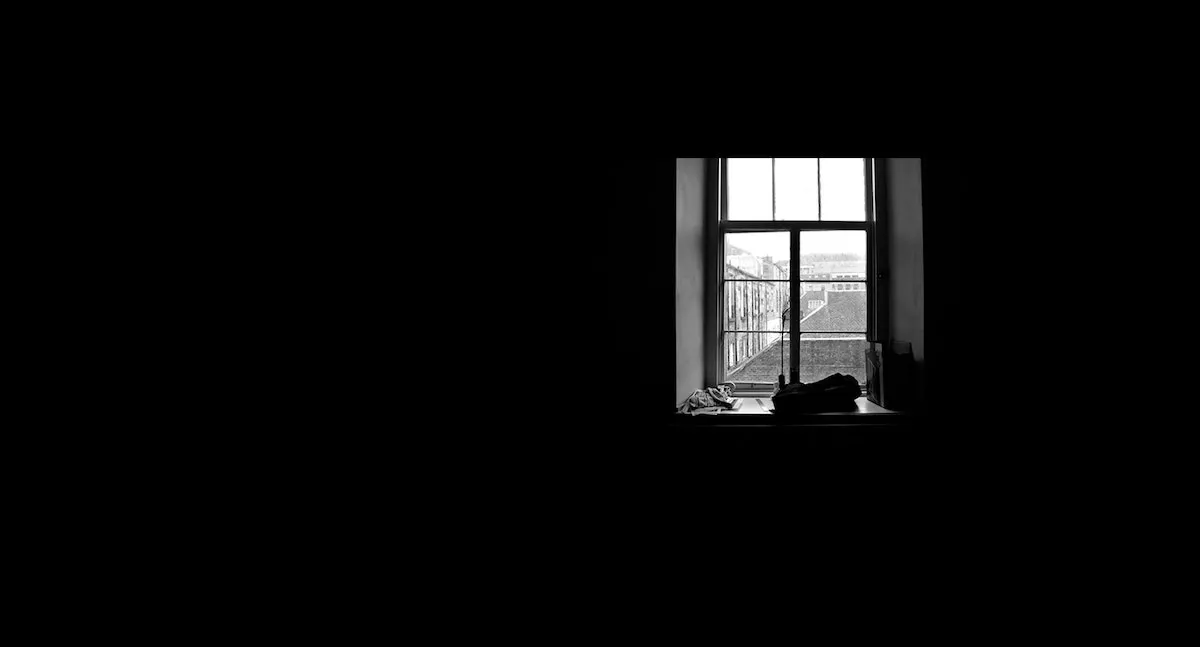The makeSPACE blog
CREATIVITY AND JOY
Well-being and creativity
Read the findings from the makeSPACE Team’s own research study to learn more about how to set conditions for creative growth amidst the challenges of an isolating winter in the time of COVID.

As we approach the tail end of the winter months, cooped up in our houses, and feeling a general sense of isolation and fatigue, our resourcefulness to maintain our well-being is key. Right now, there is really nothing more important than care for our well-being and the well-being of others, because, of course, the two are intertwined. For teachers, the well-being of their students remains a paramount concern. Unfortunately, that concern can become an intrusive source of secondary traumatic stress, or the stress caregivers take on when caring for others living through trauma. As author Katherine May suggests, we may all be in a collective state of wintering, where rest and retreat are essential for restoration and repair. Truly, we are all in the thick of it, working hard to find a way to thrive within a world filled with disruption and uncertainty. One reliable way to find restoration and a sense of possibility is through creativity.

It is a good moment to pause and be curious about what role our creative resources play in managing the mounting stressors we face day-in and day-out. Whether we are in the heart of wintering this pandemic or simply struggling to face the common challenges of daily life, we can choose to be creative or not.
Yes, that’s right, creative engagement in our lives is, to some degree, a choice—a matter of agency.
That agency and creative engagement requires conditions in each of us and the environment we live, work, and learn in. To hold agency for creative engagement, a person needs to feel confident in being successful, feel autonomy and control in the process, and value being creative in the first place.
In addition to those key pieces, creative engagement can build on a sense of relatedness and belonging to others. After all, creativity is social, cultural, and interactive with the world around us. Developing agency for creative engagement can get a boost through metacognitive development in reflective practice.
Simple questions are a great starting place:
- What are my creative strengths?
- What creative strategies can I use?
- Where can I be creative in what I am doing now?
- What worked well in my creative process? What didn’t work so well?
- What emotions did I experience, and how did they affect my process?
Recent research has illustrated that developing this agency for creative engagement in teaching and learning builds on teachers’ and students’ creative metacognition and creative self-beliefs.
The exciting news is that we can all develop our creative metacognition and creative self-beliefs.
These ideas are also important because creative metacognition and creative self-beliefs were closely linked to aspects of teacher’s well-being in research conducted at the beginning of the COVID-19 pandemic and school closure in the spring of 2020. How teachers felt about their own creative potential and the support for creativity around them were closely linked to their general state of well-being. Let’s look more closely at the story behind those results.
In this publicly available study, my colleagues and I found several important links between teachers’ creative resources and their well-being.
When teachers’ had creative confidence they also felt more resilient in their work.
When teachers’ held a creative growth mindset, they also felt more interested, enthusiastic, inspired, and active in teaching.
When teachers had less creative anxiety, they also experienced less secondary traumatic stress and felt less irritable, distressed, guilty, and nervous in school.
When teachers felt more support for creativity in their school, they also felt more joy and less distress.
Though correlational, these quantitative findings were supported further by follow-up qualitative data. We learned how teachers used their creative resources to plan adaptations for distance learning in the current school year. Those findings provide several recommendations.
- To support educators, we may be able to lower their stress, anxiety, and other negative emotions by building their agency in creative engagement.
- To increase teachers’ agency and reduce creative anxiety, teachers should have the opportunity to engage in simple creative and artistic routines and adapt them for their own classrooms. Check out a few routines here and download a few routines to try them out. Then make up your own.
- As teachers take more creative risks, support from their peers and school leaders can buttress their confidence, resilience, and well-being. A school community can nurture a creative school culture by celebrating the creative risks, mistakes, and learning of teachers and their students.
- Whether building in 3D, enacting concepts theatrically, using movement for sensemaking, or developing rhythmic timing as a class, the possible applications of arts integrated practices are limitless. That effort may go far to support well-being of students and teachers through creative expression, interpersonal connection, and cultural inclusion.
- A first step: Ask students open-ended questions and prompts that require productive struggle with ambiguity and creative solution-finding. Whenever possible, activate students’ bodies in the sensemaking process—offer different modalities to grasp new ideas and express their own.
All of these recommendations require consistent practice and support from school or district leadership. School communities can support the development of teachers’ creative metacognition through the introduction and reinforcement of strong theory and research illustrating the malleability of creative potential. We can ask teachers to reflect on their creative strengths and opportunities for growth in and out of the classroom. In turn, teachers can ask their students the same questions. We can provide school leaders resources and routines to demonstrate how the school supports and prioritizes the creative development and expression of their students and their teachers. Every effort to support teachers has a good chance of trickling down to students.
The well-being of teachers is paramount to the well-being of students. If teachers feel less stress and negative affect in their job, it is safe to assume they are more likely to stick around in this ever-important profession. Moreover, if they feel agency for creative engagement, it is likely they will feel more prepared to support their students through uncertainty, feel safe to take creative risks and facilitate powerful learning, and attract other creative and motivated individuals into the teaching profession.
Though much more research and development is needed in the arena of teacher creativity, this recent research builds on decades of work illuminating how our creative potential and related aspects of human psychology and cognition, such as openness to experience and flexible thinking, relate to the resilience needed to adapt to the changing circumstances we face across the lifespan. It is an optimal time to highlight how this connection between creativity and well-being is just as essential for educators.
